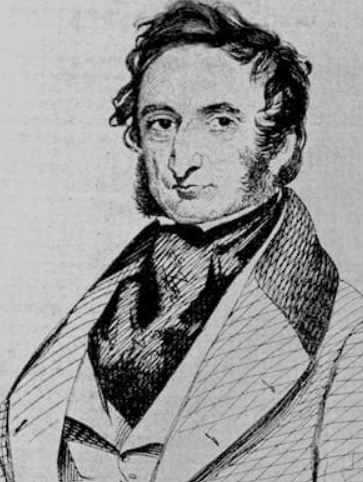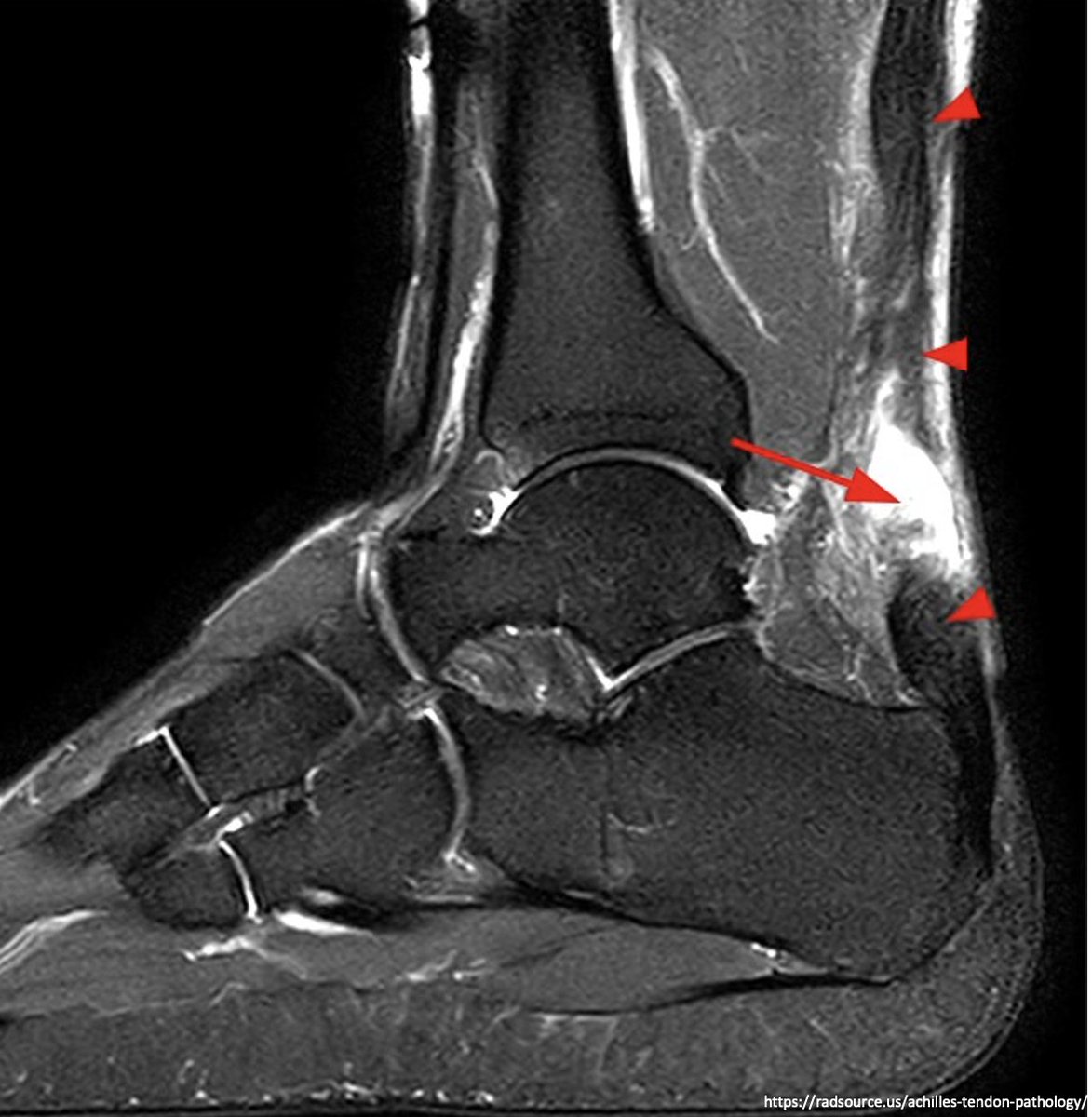1/🧵
Why does Wenckebach AV nodal block (aka Mobitz type 1) present with progressive prolongation of the PR interval and eventually a non-conducted P wave?
What causes this unique EKG pattern to arise?
#medtwitter #tweetorial
Why does Wenckebach AV nodal block (aka Mobitz type 1) present with progressive prolongation of the PR interval and eventually a non-conducted P wave?
What causes this unique EKG pattern to arise?
#medtwitter #tweetorial

2/
Karel Frederik Wenckebach, a Dutch anatomist/physician, noticed a patient’s irregular pulse in 1898.
He astutely noted a repeating cycle of:
🫀 Progressive delay b/w the 𝑎 jugular venous wave and carotid pulsation
🫀 An 𝑎 wave w/o carotid pulsation
ncbi.nlm.nih.gov/pmc/articles/P…
Karel Frederik Wenckebach, a Dutch anatomist/physician, noticed a patient’s irregular pulse in 1898.
He astutely noted a repeating cycle of:
🫀 Progressive delay b/w the 𝑎 jugular venous wave and carotid pulsation
🫀 An 𝑎 wave w/o carotid pulsation
ncbi.nlm.nih.gov/pmc/articles/P…

3/
The pattern Wenckebach observed corresponds exactly w/ the progressive PR prolongation, followed by a non-conducted P wave, that characterizes what we call “Wenckebach” heart block.
💥 Amazingly, he observed this BEFORE the AV node was discovered.
litfl.com/karel-frederik…
The pattern Wenckebach observed corresponds exactly w/ the progressive PR prolongation, followed by a non-conducted P wave, that characterizes what we call “Wenckebach” heart block.
💥 Amazingly, he observed this BEFORE the AV node was discovered.
litfl.com/karel-frederik…

4/
So what is the mechanism of the Wenckebach pattern?
🔑 We need to first introduce the concept of cardiac refractory periods.
Specifically the Absolute Refractory Period (ARP) and the Relative Refractory Period (RRP).
link.springer.com/chapter/10.100…
So what is the mechanism of the Wenckebach pattern?
🔑 We need to first introduce the concept of cardiac refractory periods.
Specifically the Absolute Refractory Period (ARP) and the Relative Refractory Period (RRP).
link.springer.com/chapter/10.100…

5/
The ARP encompasses most of the action potential within a myocyte (phases 0,1,2,3 and part of 4).
💡 It represents the period when the cell cannot depolarize, because sodium efflux channels (which mediate depolarization) are unable to open.
cvphysiology.com/Arrhythmias/A0…
The ARP encompasses most of the action potential within a myocyte (phases 0,1,2,3 and part of 4).
💡 It represents the period when the cell cannot depolarize, because sodium efflux channels (which mediate depolarization) are unable to open.
cvphysiology.com/Arrhythmias/A0…

6/
The RRP, or Relative Refractory Period, follows the ARP.
💡 Depolarization of myocytes normally happens right after the RRP.
It can occur during the RRP but produces a slower/weaker impulse, as Na channels remain relatively closed and inaccessible.
bit.ly/38Kl4nT
The RRP, or Relative Refractory Period, follows the ARP.
💡 Depolarization of myocytes normally happens right after the RRP.
It can occur during the RRP but produces a slower/weaker impulse, as Na channels remain relatively closed and inaccessible.
bit.ly/38Kl4nT

7/
To understand how the Wenckebach pattern arises, imagine the following:
🔑 AV nodal conduction is normally quite rapid.
What if the AV node suddenly had decreased conductivity because of, say, increased vagal tone, ischemia, or nodal blockade?
cvphysiology.com/Arrhythmias/A0…
To understand how the Wenckebach pattern arises, imagine the following:
🔑 AV nodal conduction is normally quite rapid.
What if the AV node suddenly had decreased conductivity because of, say, increased vagal tone, ischemia, or nodal blockade?
cvphysiology.com/Arrhythmias/A0…

8/
When the next action potential arrives, from a subsequent sinus beat, the cells of the AV node do still depolarize.
But conductance of action potentials through the AV node would slow.
When the next action potential arrives, from a subsequent sinus beat, the cells of the AV node do still depolarize.
But conductance of action potentials through the AV node would slow.
9/
Instead of depolarization occurring AFTER the Relative Refractory Period (normal), it occurs DURING the Relative Refractory Period (abnormal).
pubmed.ncbi.nlm.nih.gov/26733873/
Instead of depolarization occurring AFTER the Relative Refractory Period (normal), it occurs DURING the Relative Refractory Period (abnormal).
pubmed.ncbi.nlm.nih.gov/26733873/

10/
If the AV node depolarizes during the RRP then this decreases its strength/amplitude and increases duration.
This leads to:
Delayed conduction of the atrial impulse to the ventricles ➡️ a longer action potential ➡️ prolongation of the PR interval
pubmed.ncbi.nlm.nih.gov/26733873/
If the AV node depolarizes during the RRP then this decreases its strength/amplitude and increases duration.
This leads to:
Delayed conduction of the atrial impulse to the ventricles ➡️ a longer action potential ➡️ prolongation of the PR interval
pubmed.ncbi.nlm.nih.gov/26733873/

11/
When a 3rd action potential arrives to the AV node, the same issue arises.
Depolarization again occurs within the RRP, further weakening conduction of the atrial impulse and extending the PR interval even more.
pubmed.ncbi.nlm.nih.gov/26733873/
When a 3rd action potential arrives to the AV node, the same issue arises.
Depolarization again occurs within the RRP, further weakening conduction of the atrial impulse and extending the PR interval even more.
pubmed.ncbi.nlm.nih.gov/26733873/

12/
Finally, when a 4th action potential arrives to the AV node, it now lands within the Absolute Refractory Period (ARP).
🔑 This leads to non-conduction of the atrial impulse to the ventricles and a "dropped beat", aka a non-conducted p-wave.
pubmed.ncbi.nlm.nih.gov/26733873/
Finally, when a 4th action potential arrives to the AV node, it now lands within the Absolute Refractory Period (ARP).
🔑 This leads to non-conduction of the atrial impulse to the ventricles and a "dropped beat", aka a non-conducted p-wave.
pubmed.ncbi.nlm.nih.gov/26733873/

13/
Wenckebach cycle length, and P:QRS ratios, are determined by when depolarizations shift into the Absolute Refractory Period.
Earlier shifts lead to shorter cycles and a lower ratio, eg 4:3.
Later shifts lead to longer cycles and a higher ratio, eg 5:4.
Wenckebach cycle length, and P:QRS ratios, are determined by when depolarizations shift into the Absolute Refractory Period.
Earlier shifts lead to shorter cycles and a lower ratio, eg 4:3.
Later shifts lead to longer cycles and a higher ratio, eg 5:4.

14/
🫀 The Wenckebach pattern arises when ⬇️AV node conduction ➡️depolarization during the Relative Refractory Period
🫀 This progressively ⬆️ PR intervals w/ each beat
🫀 Eventually depolarization occurs during the Absolute Refractory Period and results in a non-conducted p-wave
🫀 The Wenckebach pattern arises when ⬇️AV node conduction ➡️depolarization during the Relative Refractory Period
🫀 This progressively ⬆️ PR intervals w/ each beat
🫀 Eventually depolarization occurs during the Absolute Refractory Period and results in a non-conducted p-wave
• • •
Missing some Tweet in this thread? You can try to
force a refresh

























